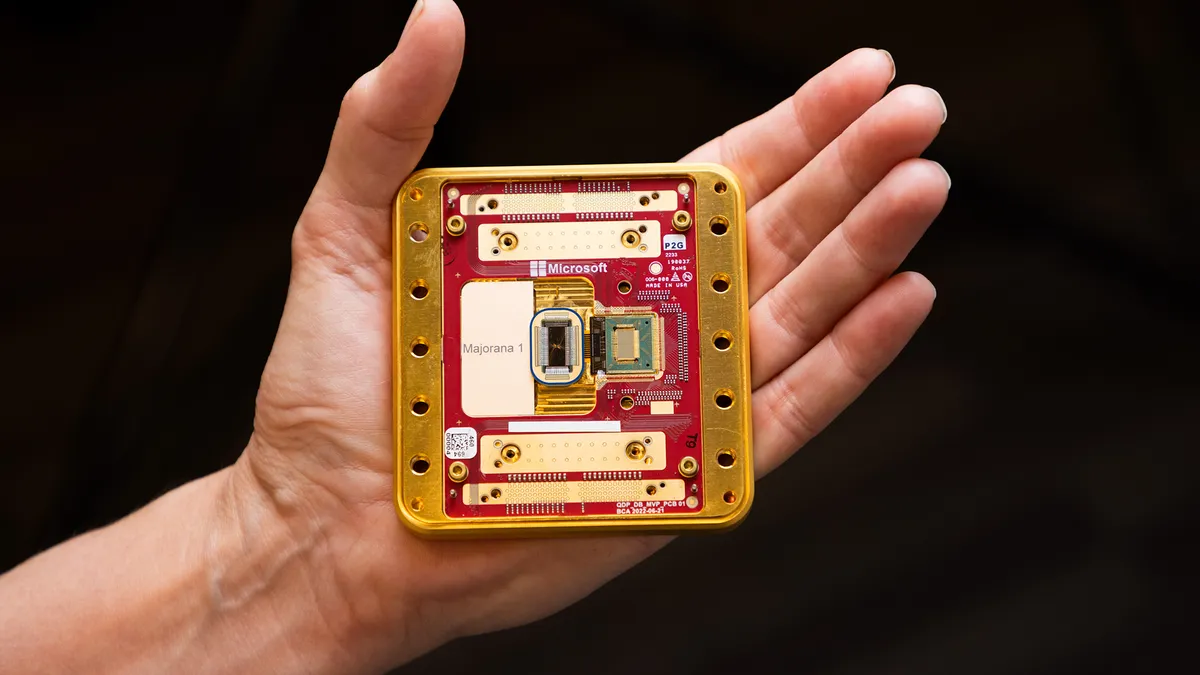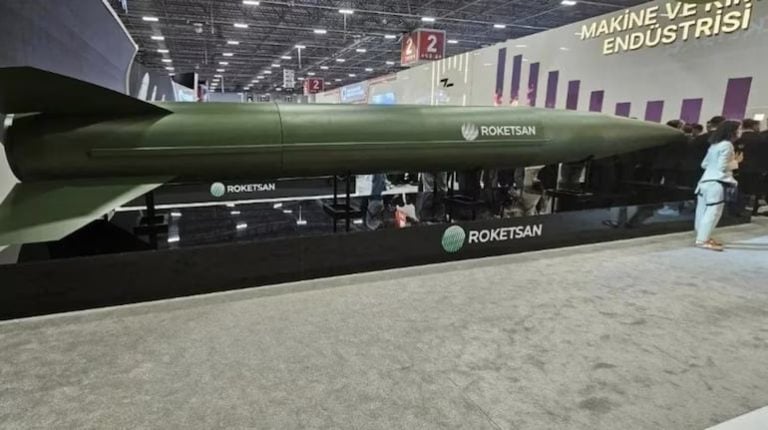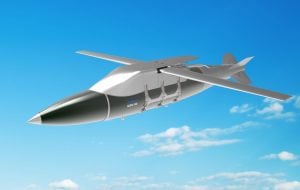In the ever-evolving landscape of technology, Microsoft has recently made a significant leap with the introduction of its first quantum computing chip, Majorana 1. This groundbreaking development is not just a technological marvel; it represents a pivotal moment in the quest for scalable quantum computing that can potentially revolutionize various sectors, from healthcare to environmental science.
In this article, we will delve into the intricacies of Majorana 1, its design, implications for the future of quantum computing, and how it positions Microsoft in the competitive tech arena.
Understanding Majorana 1
The Genesis of Majorana 1
The Majorana 1 chip is the culmination of nearly two decades of research and development, focused on harnessing the unique properties of Majorana fermions, which are exotic subatomic particles theorized since the 1930s. Unlike traditional qubits, which are the fundamental units of quantum information, Majorana fermions offer enhanced stability and reduced error rates, making them ideal for practical quantum computing applications.
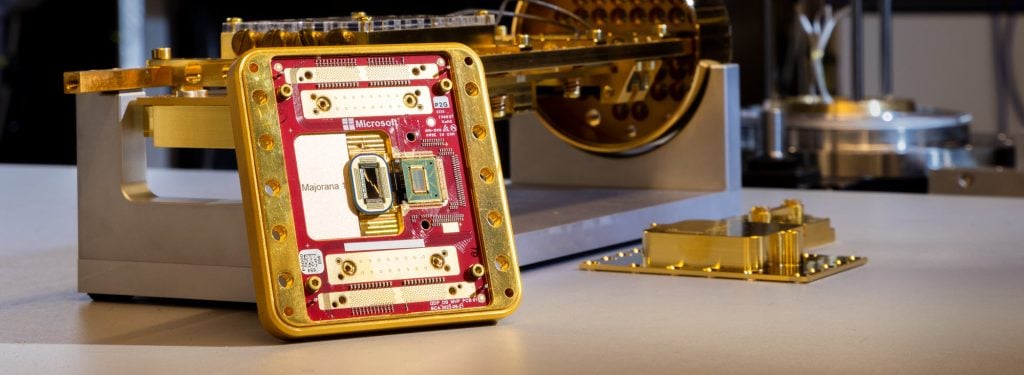
The Topological Core Architecture
At the heart of Majorana 1 lies a novel architecture known as Topological Core. This innovative design utilizes a unique material known as a topoconductor, which allows the observation and manipulation of Majorana particles. The result is a chip that can potentially scale to a million qubits, a feat that could unlock the ability to solve complex problems far beyond the reach of today’s classical computers.
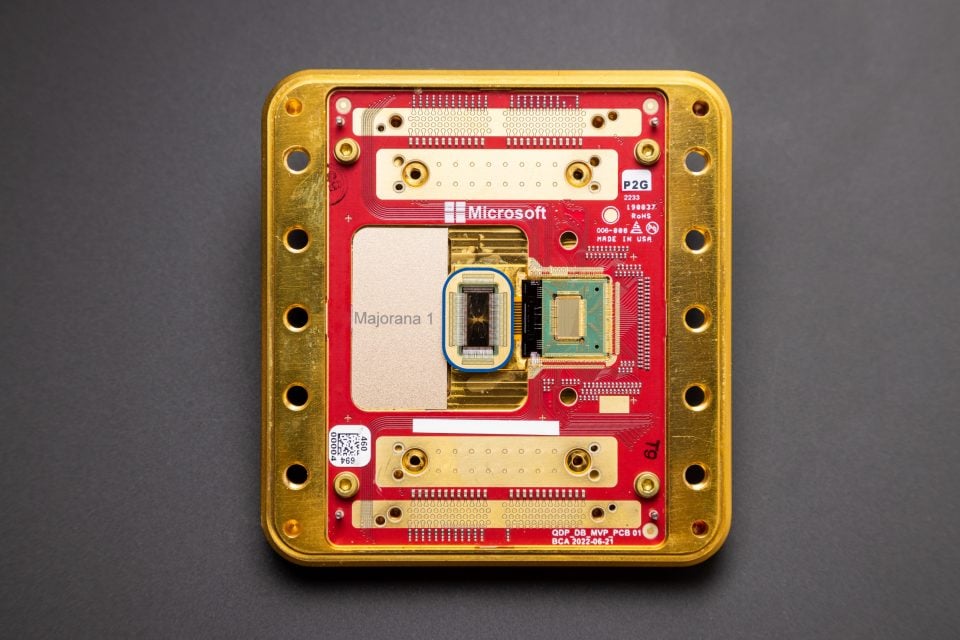
Key Features of Majorana 1
- Error Resistance: Majorana 1 is engineered to be less susceptible to environmental disturbances, a common challenge in quantum computing. This resilience allows for more reliable computations.
- Scalability: Microsoft envisions a future where a single chip can house millions of qubits, dramatically increasing computational power without the need for massive physical infrastructures.
- Hybrid Technology: The chip combines elements of both semiconductor and superconductor technologies, creating a hybrid that optimizes performance while maintaining controllability.
“We took a step back and said ‘OK, let’s invent the transistor for the quantum age. What properties does it need to have?’” said Chetan Nayak, Microsoft technical fellow. “And that’s really how we got here – it’s the particular combination, the quality and the important details in our new materials stack that have enabled a new kind of qubit and ultimately our entire architecture.”
A breakthrough in quantum computing. Majorana 1 brings us closer to harnessing millions of potential qubits working together to solve the unsolvable—from new medicines to revolutionary materials—all on a single chip. #QuantumComputing #QuantumReady https://t.co/mpj8VwEQj0 pic.twitter.com/zlQoyoFURv
— Microsoft (@Microsoft) February 19, 2025
Implications for Quantum Computing
A New Era of Computational Power
The advent of Majorana 1 signifies a shift in how we perceive quantum computing’s potential. Microsoft claims that useful quantum computers could be “years, not decades” away, challenging previous estimates that suggested a much longer timeframe for practical applications. This optimism is rooted in the chip’s ability to perform trillions of operations efficiently, paving the way for breakthroughs in various fields.
Solving Complex Problems
The capabilities of Majorana 1 extend to solving intricate problems that classical computers struggle with. For instance, it could aid in:
- Chemical Discoveries: By simulating molecular interactions with unprecedented accuracy, Majorana 1 could accelerate drug discovery and materials science.
- Environmental Solutions: The chip may help develop catalysts for breaking down plastics, addressing pressing environmental concerns related to pollution.
- Healthcare Innovations: Quantum computing’s ability to model complex biological systems could lead to advancements in personalized medicine and treatment strategies.
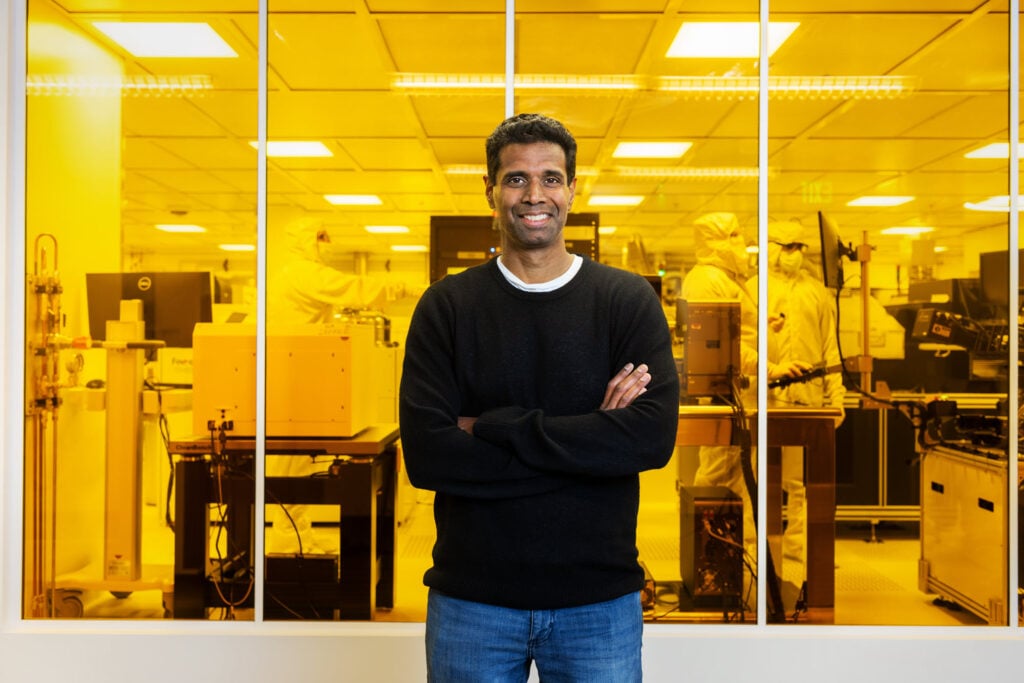
Technical Innovations Behind Majorana 1
Material Science Breakthroughs
The creation of Majorana 1 involved a meticulous process of material design and fabrication, utilizing indium arsenide and aluminum. This combination allows the chip to achieve the necessary conditions for Majorana fermions to exist and function effectively.
Measurement Techniques
A significant challenge in quantum computing is the measurement of qubits without disrupting their state. Microsoft has developed innovative measurement techniques that enable digital control of qubits, simplifying the operational framework of quantum systems. This advancement could redefine how quantum computers are built and operated.
The Competitive Landscape
Positioning Against Rivals
With the launch of Majorana 1, Microsoft joins the ranks of other tech giants like Google and IBM, who are also racing to develop quantum computing technologies. While these companies have made strides in creating their own quantum chips, Microsoft’s focus on topological qubits sets it apart. By prioritizing error resistance and scalability, Majorana 1 may offer a more practical path to utility-scale quantum computing.
Industry Collaborations
Microsoft’s strategy involves not only developing its own technology but also collaborating with industry leaders. Partnerships with companies like Quantinuum and Atom Computing aim to leverage existing quantum technologies and enhance the overall ecosystem. This collaborative approach could accelerate advancements in quantum computing and broaden its applications.
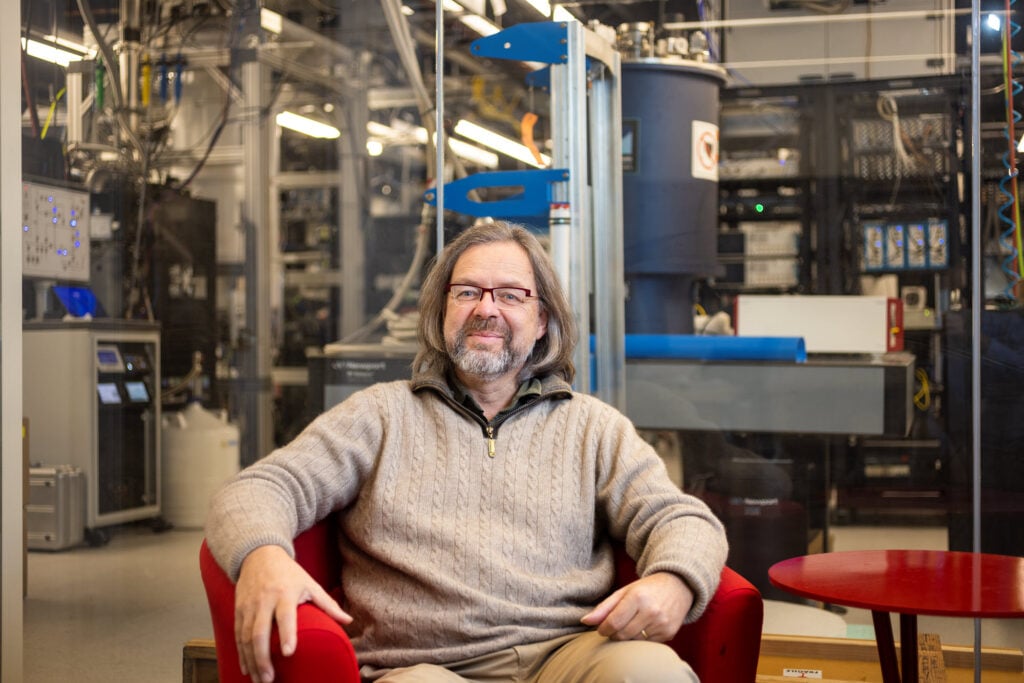
Future Prospects of Majorana 1
Roadmap to Commercialization
Microsoft is keen on transitioning Majorana 1 from a research project to a commercially viable product. Although the timeline for scaling up the chip remains unspecified, the company is optimistic about achieving significant milestones in the near future. The focus will be on refining the technology and expanding its applicability across various sectors.
Integration with AI and Classical Computing
As quantum computing technology matures, the integration of Majorana 1 with artificial intelligence and classical computing systems will be crucial. This hybrid approach could lead to the development of sophisticated applications that harness the unique strengths of each technology, providing unprecedented insights and solutions to complex challenges.
“From the start we wanted to make a quantum computer for commercial impact, not just thought leadership,” said Matthias Troyer, Microsoft technical fellow. “We knew we needed a new qubit. We knew we had to scale.”
Challenges Ahead
Technical Hurdles
Despite the promising advancements represented by Majorana 1, several technical challenges remain. The complexity of maintaining qubit stability and coherence over extended periods poses significant hurdles. Continued research and innovation will be essential to address these issues effectively.
Market Readiness
The readiness of industries to adopt quantum computing technologies is another challenge. While the potential benefits are immense, organizations may be hesitant to invest in unproven technologies. Microsoft will need to demonstrate the practical advantages of Majorana 1 through real-world applications to encourage adoption.
Conclusion
The introduction of Majorana 1 marks a significant milestone in the quest for practical quantum computing. By leveraging the unique properties of Majorana fermions and pioneering a new architectural approach, Microsoft is well-positioned to lead the charge in this transformative field. As the company navigates the challenges ahead, the potential applications of Majorana 1 could redefine industries and solve some of the most pressing problems facing society today.
FAQs
What is Majorana 1?
Majorana 1 is Microsoft’s first quantum computing chip, utilizing topological qubits based on Majorana fermions to enhance stability and scalability.
How does Majorana 1 differ from traditional qubits?
Majorana 1 qubits are designed to be less susceptible to errors and environmental disturbances, allowing for more reliable computations compared to traditional qubits.
What potential applications does Majorana 1 have?
Majorana 1 could revolutionize fields such as drug discovery, materials science, and environmental remediation by solving complex problems that classical computers cannot.
When can we expect Majorana 1 to be commercially available?
While a specific timeline has not been provided, Microsoft is optimistic that practical quantum computers powered by Majorana 1 could be available within a few years.
How does Majorana 1 fit into the competitive landscape of quantum computing?
Microsoft’s focus on topological qubits and error resistance sets Majorana 1 apart from competitors like Google and IBM, positioning it as a leader in the pursuit of scalable quantum computing solutions.
